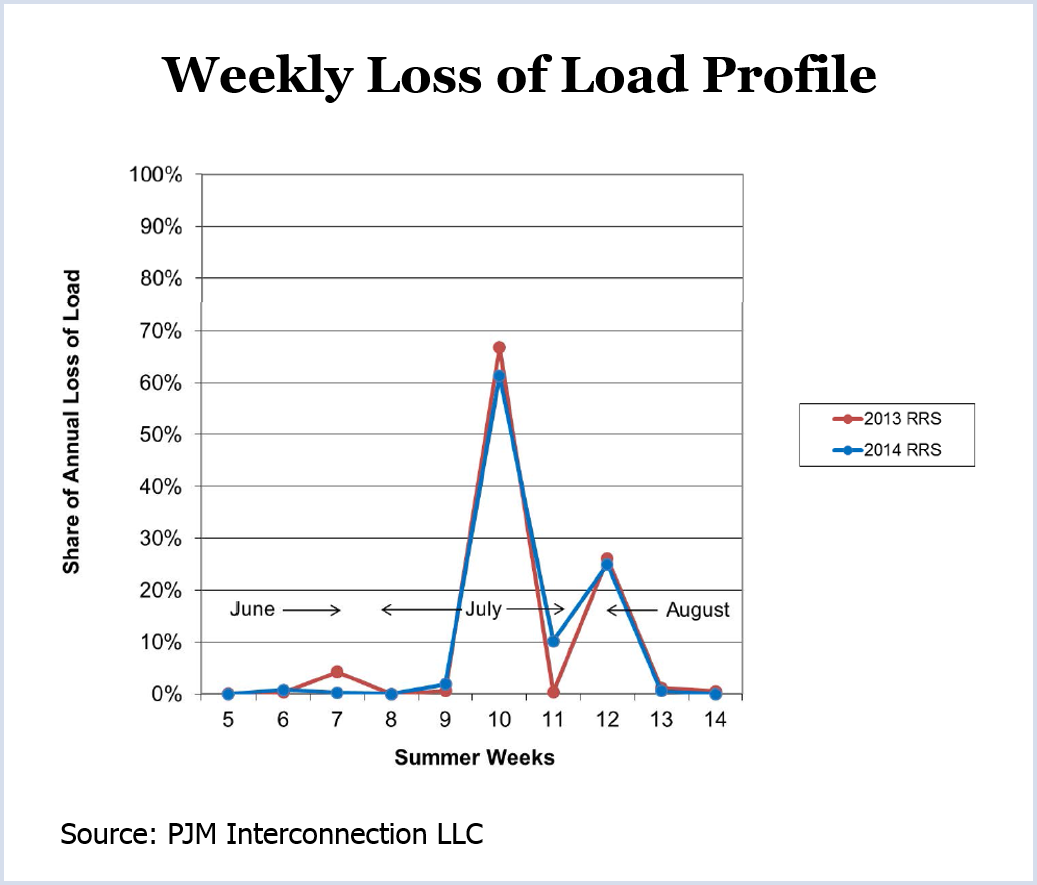Stakeholders have expressed near unanimous support for new requirements for enhanced inverters serving solar generators and other asynchronous generation. All but one of 69 stakeholders polled said they support a requirement that enhanced inverters be able to automatically reduce active power in response to high system frequency or increase active power when system frequency is low.
The rule, which the Planning Committee will consider Oct. 9, would also require inverters to autonomously provide dynamic reactive support within a range of 0.95 leading to 0.95 lagging at inverter terminals.
Enhanced inverters must also adhere to North American Electric Reliability Corp. standard PRC-024 regarding voltage and frequency ride through and have the ability to limit ramp rates.
The rule would apply to inverter-based asynchronous generators with an interconnection service agreement or a wholesale market participation agreement. It would not apply to merchant transmission facilities, high voltage DC inverter-converter facilities, existing generation or generation already in the new service queue.
PJM hopes to win stakeholder approval in time to file the rule with the Federal Energy Regulatory Commission in February.
TOs to Present Criteria Changes to PC
Transmission operators will brief the Planning Committee on all future planning criteria changes under a new policy announced last week by PJM officials. Although TOs already file such changes with FERC, Paul McGlynn, general manager for system planning, said the new procedure is an effort to increase transparency.
The first TO to participate in the new procedure is Dominion Resources, which briefed Planning Committee members last week on its new method for determining the “end of life” for transmission infrastructure. Facilities will be considered at the end of their life when they become at risk for failure and continued maintenance or refurbishment is not a viable option to ensure system reliability.
The designation will depend on factors including the manufacturer’s recommended service life and the facility’s performance history.
Once an end-of-life designation has been assigned to a facility, its deletion becomes part of PJM’s base case for transmission studies.
PJM will order transmission upgrades to address any reliability problems caused by the facility’s removal — similar to the reliability analyses the RTO performs in response to generator retirement announcements.
No Change in Preliminary IRM Results

A preliminary reserve requirement study shows the need for a 0.1% increase based on the PJM load shape and another 0.1% from capacity model changes. But these increases are offset by a 0.2% expected increase from imports under PJM’s capacity benefit margin.
The analysis shows a slightly lower loss-of-load expectation for the peak week — the third week of July — and slightly higher risk the following week than in 2017.
The PC will vote on the recommended IRM Oct. 9.
Planners Seek Info on DCB Line Protection Schemes
PJM planners are asking the PJM Relay Subcommittee to provide an inventory of all directional comparison blocking (DCB) line protection schemes on 500-kV lines. The request is in response to a stakeholder’s concern that DCB schemes are prone to overtrips that can cause system instability.
Officials said the initial inventory, due Sept. 30, will likely be followed by a request for information on such schemes on 345-kV lines.
PJM will simulate DCB overtrippings to determine their impact on system performance and may order baseline transmission upgrades as a result.


